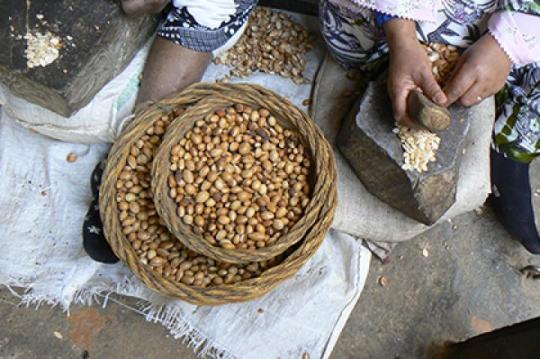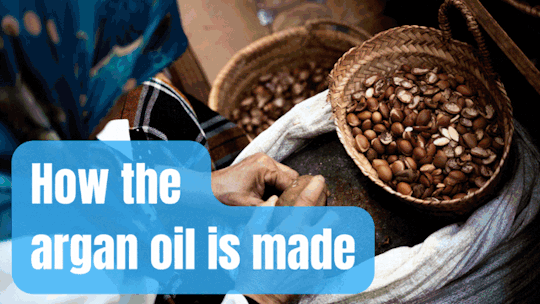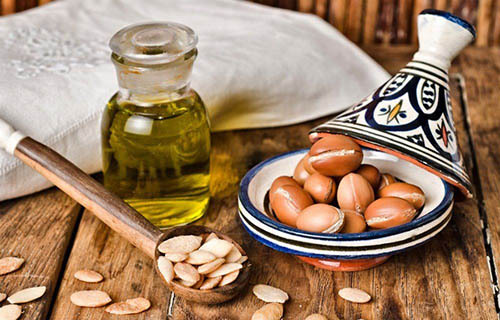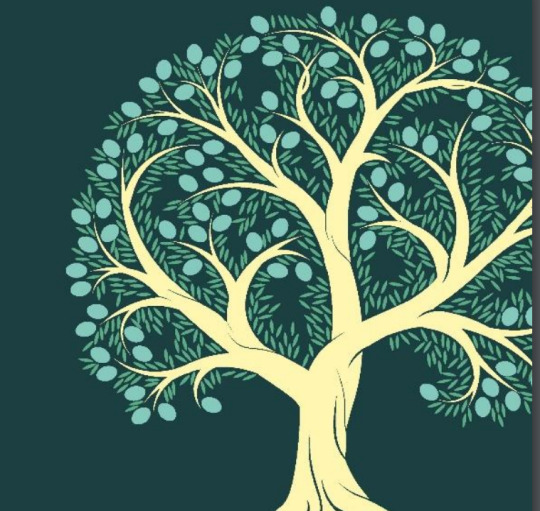#araganeraie seeds
Text
Socio-economic development & sustainability of the Argan ecosystem.
The United Nations will celebrate the third International Day of Argania, under the theme: "Socio-economic development & sustainability of the Argan ecosystem." The celebration will aim to share knowledge and practices from the Argan production sector, in support of food security and sustainable production and consumption patterns. Follow the event on UN Web TV on 10 May, 3:00 pm EST

#argan tree#araganeraie seeds#argan forest#argania#argania tree#argan oil#10 may#sustainable cultivation practices#sustainable development#argan ecosystem#resilient ecosystems#sdg12#Sustainable consumption#sustainable products
0 notes
Text
How argan oil is made?

Follow the step-by-step process of how argan oil is made.
Did you know?
The argan tree withstands temperatures of up to 50° Celsius.
The argan trees are a true bastion against desertification, which can reach 10 meters in height and can live for 200 years.
A symbol of eternity and resistance, the argan tree has a strong symbolic and emotional value for local communities.
Argan oil is given as a wedding gift and is used extensively in the preparation of festive dishes.
It takes about 150 kg of fruit to produce 3 litres of argan oil.
#argan oil#argania#araganeraie seeds#culinary and cosmetic industries#edible leaves#edible fruits#argania tree#argan tree#rural women#step-by-step process
0 notes
Text
What is argan oil?
Argan oil is one of the rarest oils in the world and is hailed as the "liquid gold" of Morocco. It has multiple uses in cooking, medicines and cosmetics. Its ability to prevent cardiovascular diseases and its benefits for the skin are scientifically recognized. Rural women lead the entire extraction process through knowledge transmitted from one generation to the next.

#liquid gold#argan oil#araganeraie seeds#traditional and complementary medicine#culinary and cosmetic industries#argania#international day of argania#10 may
0 notes
Text
The multifaceted argan tree.

The argan tree (Argania spinosa) is a native species of the sub-Saharan region of Morocco, in the southwest of the country, which grows in arid and semiarid areas. It’s the defining species of a woodland ecosystem, also known as Arganeraie, which is rich in endemic flora. It is resilient to a harsh environment under water scarcity, risk of erosion and poor soils.
This ecosystem of extraordinary beauty is not only important in terms of conservation, but also for research and socio-economic development, due to its forestry, agricultural and livestock use.
The argan tree woodlands provide forest products, fruits and fodder. The leaves and the fruits are edible and highly appreciated, as is the undergrowth, and constitute a vital fodder reserve for all herds, even in periods of drought. The trees are also used as fuelwood for cooking and heating.
The world-renowned argan oil is extracted from the seeds and has multiple applications, especially in traditional and complementary medicine and in the culinary and cosmetic industries.
#argania spinosa#arganeraie#endemic flora#woodlands#forest products#edible fruit#edible leaves#fodder reserve#fuelwood#argan oil#araganeraie seeds#traditional and complementary medicine#culinary and cosmetic industries#argan ecosystem#sub-Saharan region of Morocco#arid and semiarid areas
0 notes